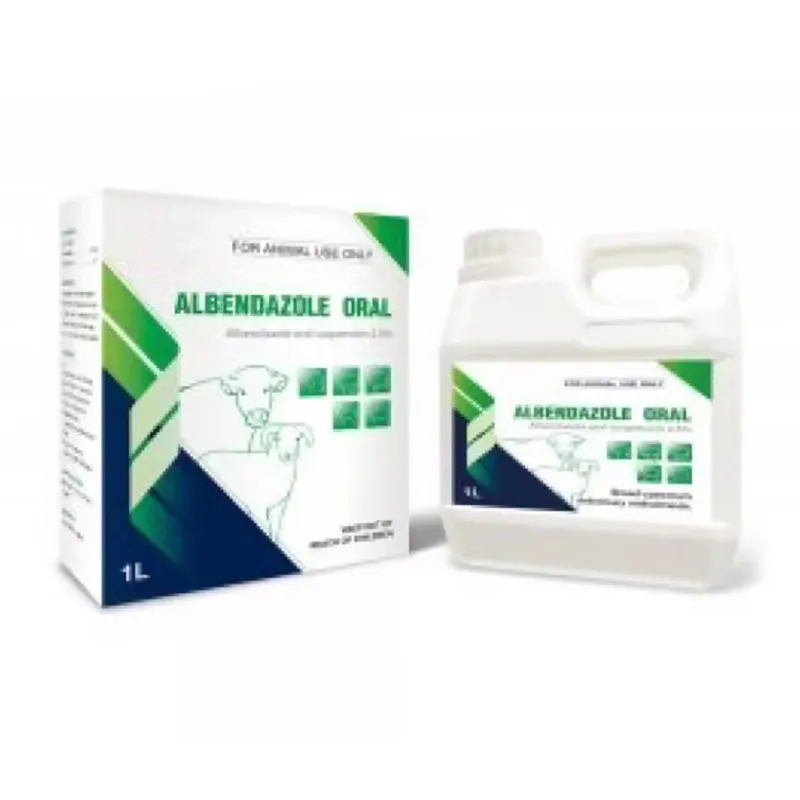- Afrikaans
- Albanian
- Amharic
- Arabic
- Armenian
- Azerbaijani
- Basque
- Belarusian
- Bengali
- Bosnian
- Bulgarian
- Catalan
- Cebuano
- Corsican
- Croatian
- Czech
- Danish
- Dutch
- English
- Esperanto
- Estonian
- Finnish
- French
- Frisian
- Galician
- Georgian
- German
- Greek
- Gujarati
- Haitian Creole
- hausa
- hawaiian
- Hebrew
- Hindi
- Miao
- Hungarian
- Icelandic
- igbo
- Indonesian
- irish
- Italian
- Japanese
- Javanese
- Kannada
- kazakh
- Khmer
- Rwandese
- Korean
- Kurdish
- Kyrgyz
- Lao
- Latin
- Latvian
- Lithuanian
- Luxembourgish
- Macedonian
- Malgashi
- Malay
- Malayalam
- Maltese
- Maori
- Marathi
- Mongolian
- Myanmar
- Nepali
- Norwegian
- Norwegian
- Occitan
- Pashto
- Persian
- Polish
- Portuguese
- Punjabi
- Romanian
- Russian
- Samoan
- Scottish Gaelic
- Serbian
- Sesotho
- Shona
- Sindhi
- Sinhala
- Slovak
- Slovenian
- Somali
- Spanish
- Sundanese
- Swahili
- Swedish
- Tagalog
- Tajik
- Tamil
- Tatar
- Telugu
- Thai
- Turkish
- Turkmen
- Ukrainian
- Urdu
- Uighur
- Uzbek
- Vietnamese
- Welsh
- Bantu
- Yiddish
- Yoruba
- Zulu
Dec . 12, 2024 10:41 Back to list
antiparasitic drugs for humans
Antiparasitic Drugs for Humans An Overview
Parasitic infections remain a significant global health challenge, especially in low- and middle-income countries. These infections can cause a wide range of diseases, leading to morbidity and mortality among millions of people. To combat these infections, a variety of antiparasitic drugs have been developed and are currently used to treat different types of parasitic diseases in humans. This article aims to provide a comprehensive overview of the primary classes of antiparasitic drugs, their mechanisms of action, and some specific examples of drugs within each category.
1. Antimalarial Drugs
Malaria, caused by the Plasmodium species, is one of the most serious parasitic diseases worldwide. Antimalarial drugs are crucial for treating and preventing malaria and are often classified into different groups based on their mechanisms of action.
- Chloroquine This drug has been the cornerstone of malaria treatment for decades. It works by inhibiting the parasite's ability to utilize hemoglobin for growth, leading to its eventual death. However, resistance to chloroquine has become widespread.
- Artemisinin and Its Derivatives Derived from the sweet wormwood plant, artemisinin is highly effective, especially against drug-resistant strains of malaria. It disrupts the parasite's ability to detoxify hemoglobin and is often combined with other drugs in artemisinin-based combination therapies (ACTs) to enhance efficacy and reduce resistance development.
- Primaquine This drug is used to target the liver stages of Plasmodium vivax and Plasmodium ovale, preventing relapse. It works by generating reactive oxygen species that damage the parasite's cellular components.
2. Anthelmintic Drugs
Helminths, or worms, are another group of parasites that infect humans. Anthelmintic drugs are specifically designed to eliminate these types of parasites.
- Albendazole and Mebendazole These broad-spectrum anthelmintics are effective against a variety of intestinal parasites. They work by inhibiting the parasites' ability to absorb glucose, ultimately leading to their death.
antiparasitic drugs for humans

- Ivermectin Originally developed as an anti-parasitic agent for veterinary use, ivermectin is widely used in humans to treat onchocerciasis (river blindness) and lymphatic filariasis
. It acts by binding to specific chloride channels, leading to paralysis and death of the parasites.- Praziquantel This drug is particularly effective against schistosomiasis and other flatworm infections. It increases the permeability of the parasite's membranes to calcium ions, leading to paralysis and eventual detachment from host tissues.
3. Antiprotozoal Drugs
Protozoa are another class of parasites that can infect humans, leading to diseases such as amoebiasis, giardiasis, and leishmaniasis. Antiprotozoal drugs are used to treat these infections.
- Metronidazole This is one of the most commonly used drugs for anaerobic protozoal infections, especially giardiasis and amoebiasis. It works by disrupting the DNA synthesis of the parasite.
- Nitazoxanide This broad-spectrum antiparasitic drug is effective against a range of protozoa and helminths. It interferes with the energy metabolism of the parasite, inhibiting its growth.
- Pentavalent Antimonials These compounds are the first-line treatment for leishmaniasis and work by exerting toxic effects on the parasites, although their exact mechanism is still not fully understood.
4. Challenges and Future Directions
Despite the availability of these drugs, challenges such as drug resistance, side effects, and limited access to effective treatments hinder the fight against parasitic infections. Continuous research and development are vital to identify new therapeutic agents, improve existing drugs, and implement effective public health strategies that include vector control and health education.
In conclusion, antiparasitic drugs play a crucial role in managing parasitic diseases affecting humans. Understanding their mechanisms, uses, and limitations is essential for healthcare providers in order to effectively treat and prevent these diseases. Ongoing efforts to combat parasitic infections will depend on innovation, collaboration, and commitment to global health initiatives.
-
Guide to Oxytetracycline Injection
NewsMar.27,2025
-
Guide to Colistin Sulphate
NewsMar.27,2025
-
Gentamicin Sulfate: Uses, Price, And Key Information
NewsMar.27,2025
-
Enrofloxacin Injection: Uses, Price, And Supplier Information
NewsMar.27,2025
-
Dexamethasone Sodium Phosphate Injection: Uses, Price, And Key Information
NewsMar.27,2025
-
Albendazole Tablet: Uses, Dosage, Cost, And Key Information
NewsMar.27,2025













